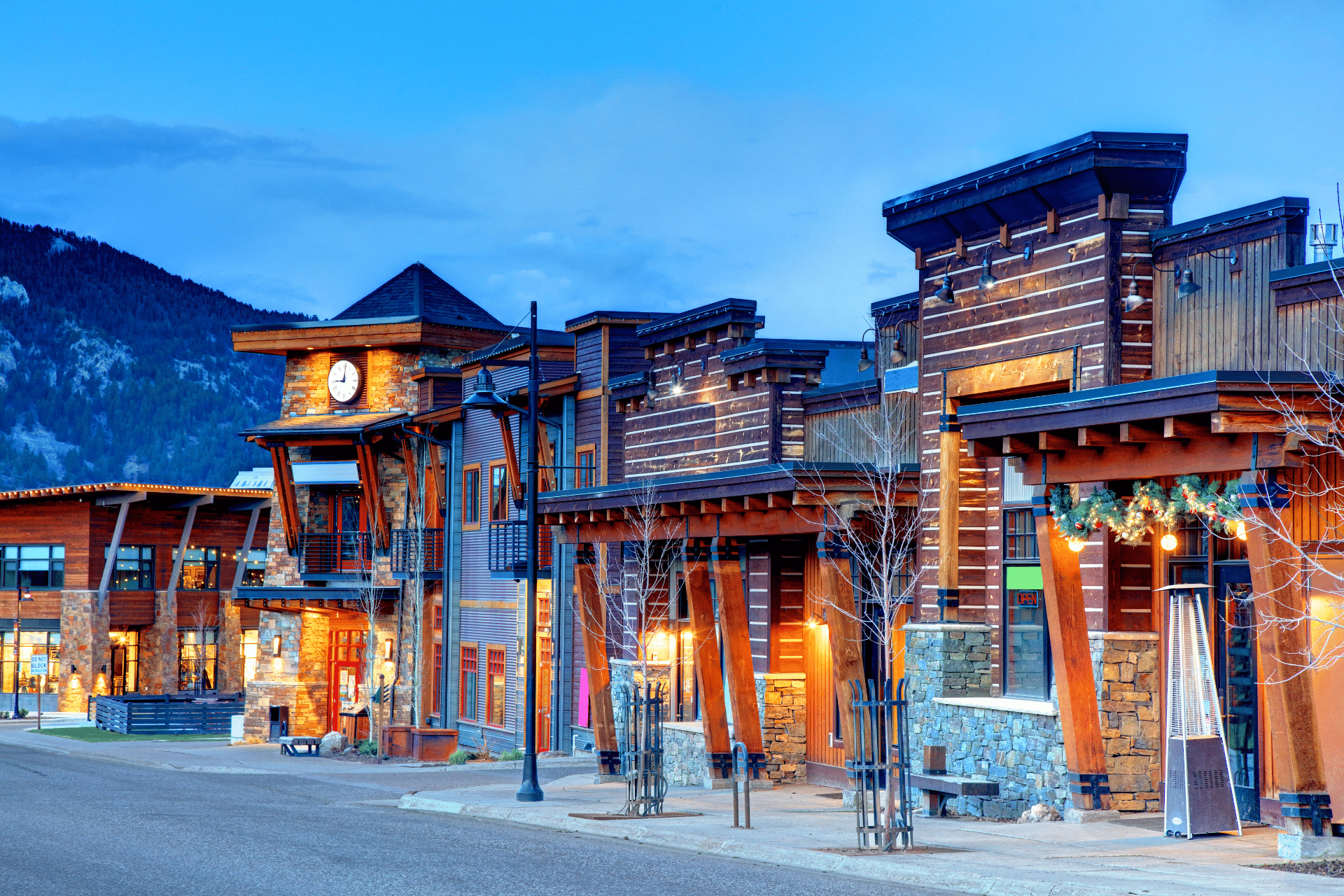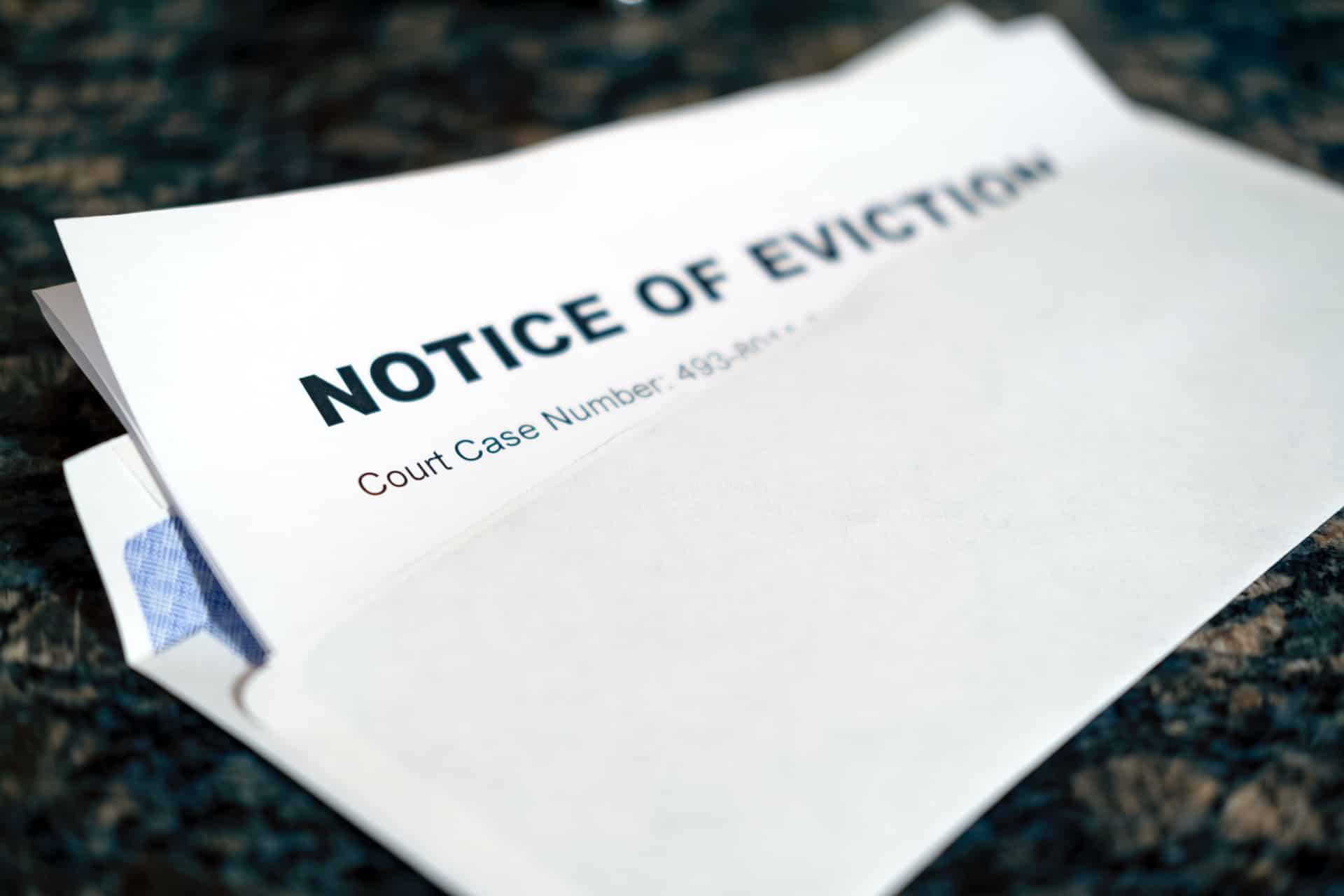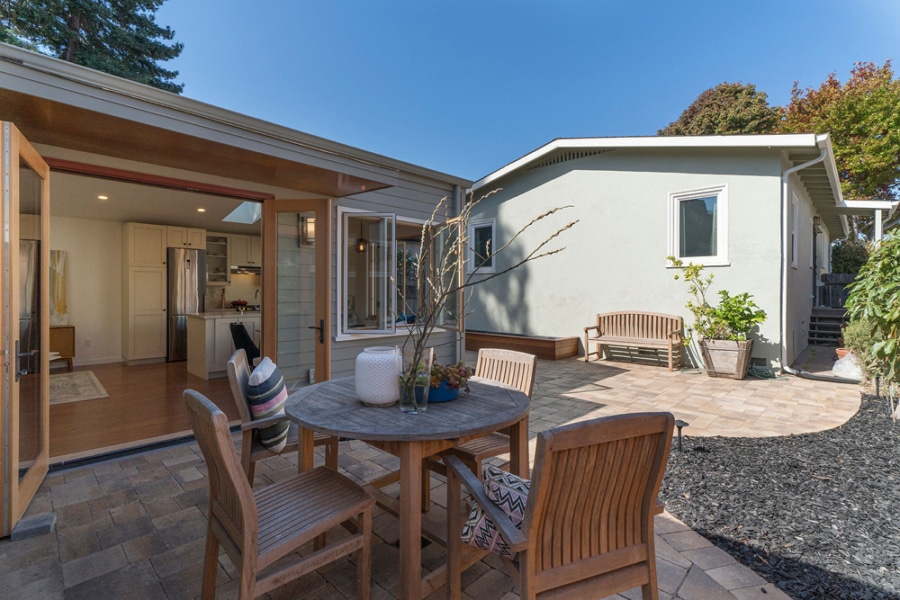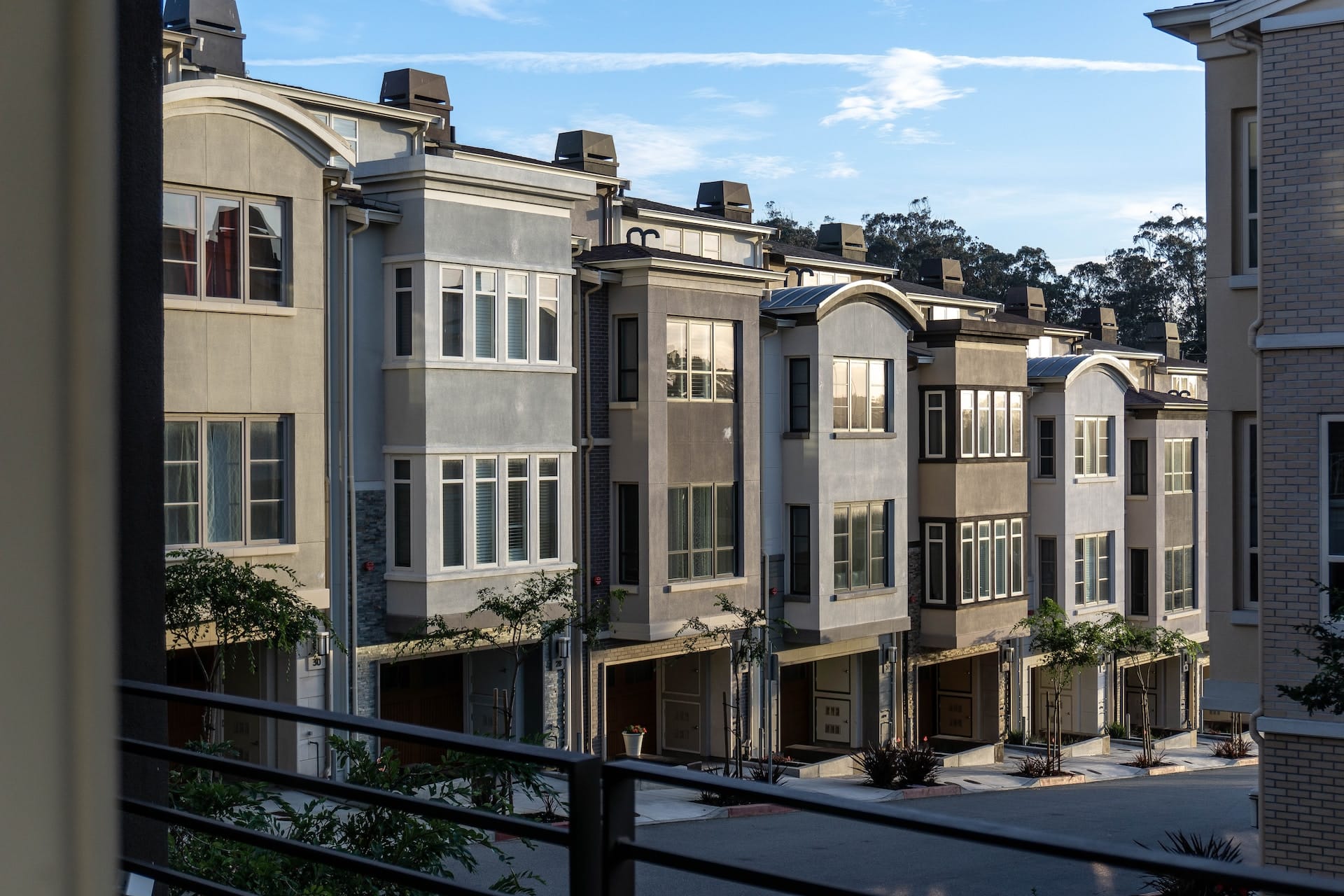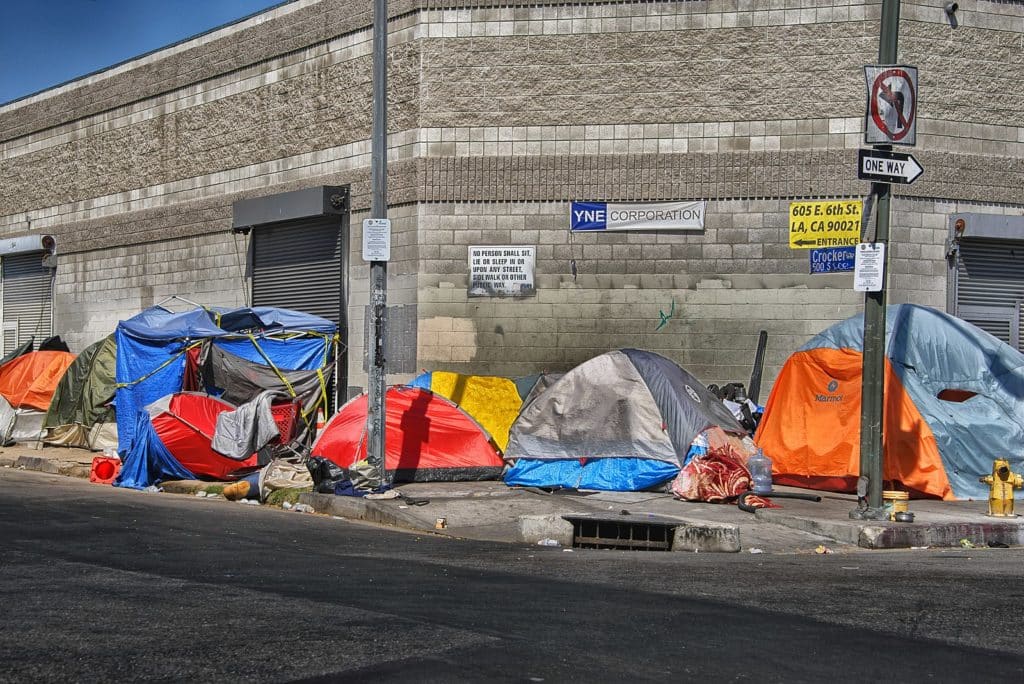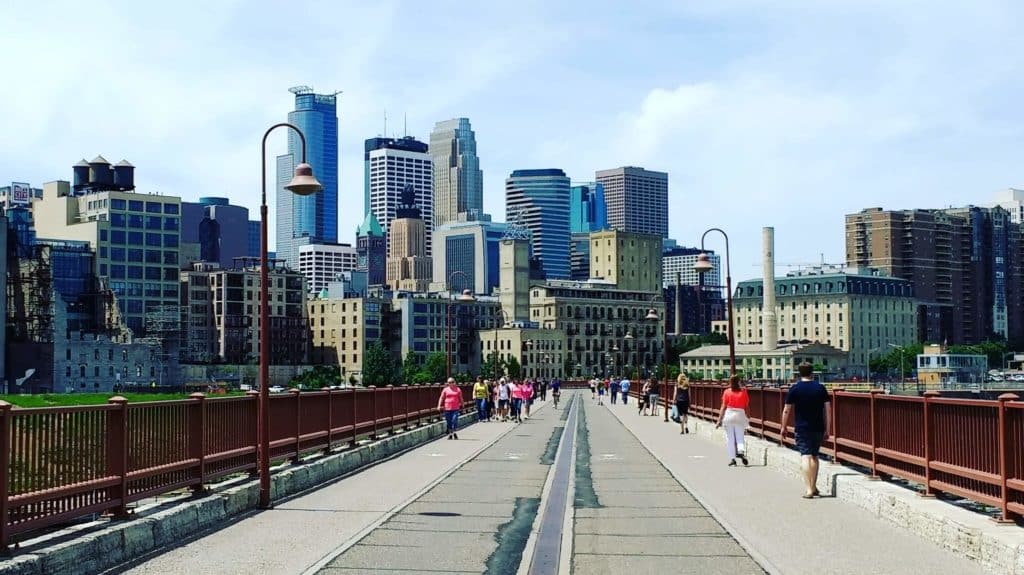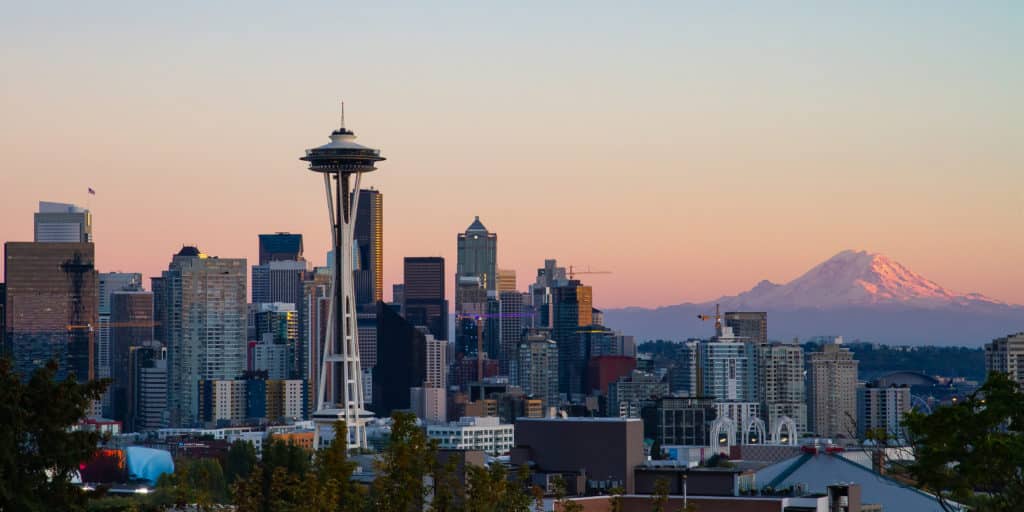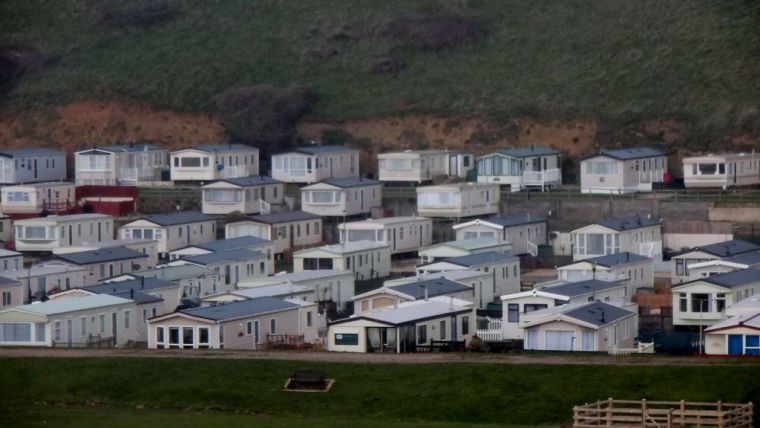
Affordable manufactured and modular housing strategies from Norwood, CO; Minneapolis, MN; and Halifax, MA
Across the country, cities, towns, and counties are seeking new ways to address shortages in housing supply and rising housing costs. To address their housing needs, some localities are encouraging the use of manufactured and modular housing — two methods of off-site construction that allow homes to be built faster and often at a more affordable price point.
